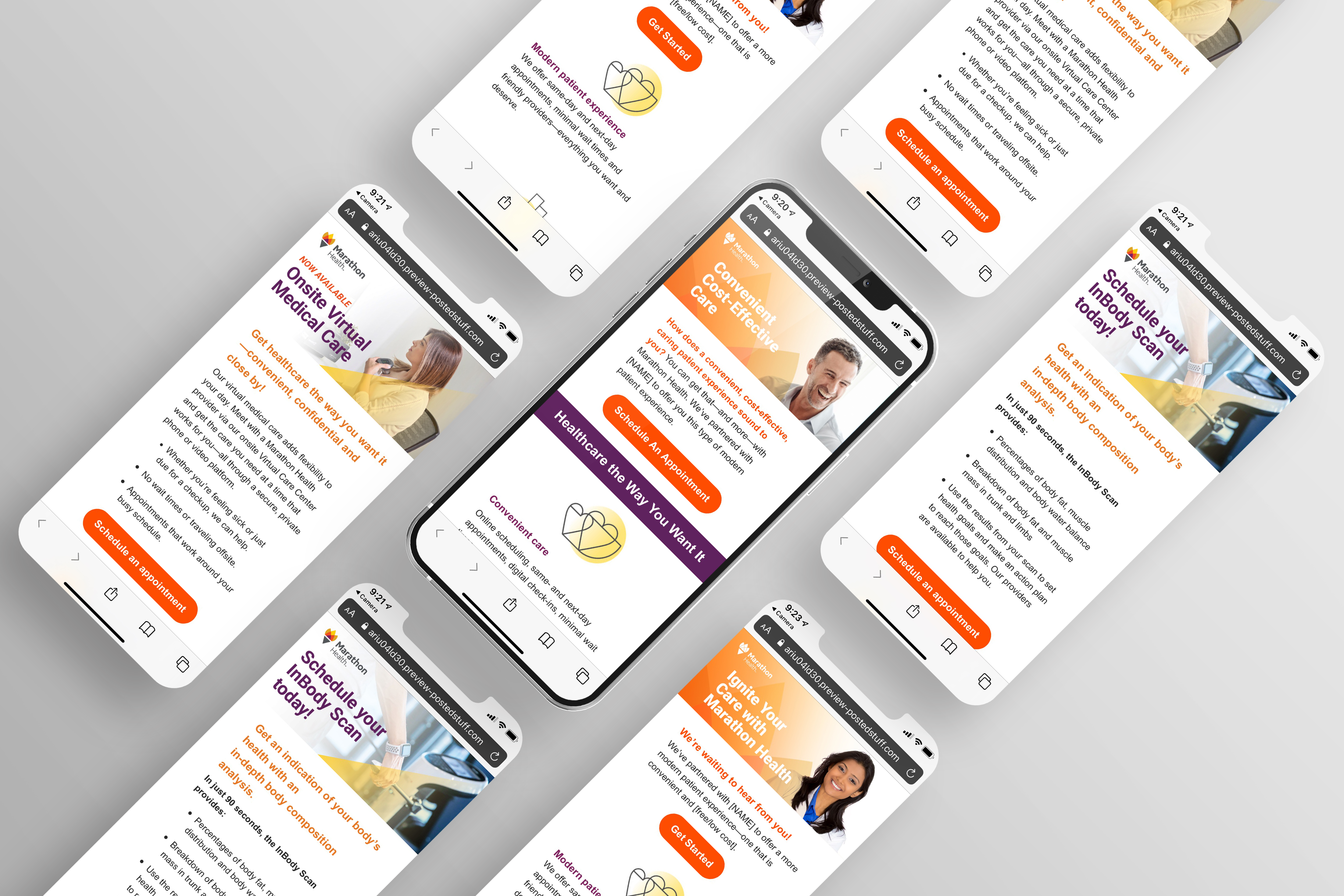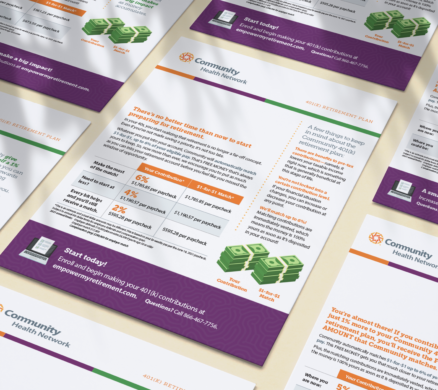
Effective internal communications have a significant effect on your overall employee engagement. If you want to maximize your employee communications or benefit communications plan in 2023, then consider these 10 strategies to up the ante with your workforce:
Develop a mobile strategy.
Today’s employees expect information on the go. Mobile communications offerings could include company apps, text messages, responsive websites, short videos and podcasts—all accessible from the employee’s smartphone. If that’s not feasible, you can still be mobile-friendly by ensuring your emails are accessible and readable on mobile devices.
Adopt a social media strategy.
In the workforce, use social media to connect employees with each other and showcase your culture. Consider Yammer, Teams, Facebook or LinkedIn to connect with employees on platforms they’re already using.
Employ a multi-channel intranet.
An intranet with multi-channel communication allows you to reach all employees in ways that work best for them—across all devices and in multiple formats.
Leverage data-driven marketing tactics for employee communications.
Westcomm has been beating the drum on data-driven communications for some time. When you assess employee data, you can use it to tailor messages—and connect with employees in a way that is meaningful to them. This approach gets the attention of employees and generates a better response.
Make sure managers understand their critical communication roles.
Provide managers with the information they need to understand key topics—after all, employees are most likely to start with them when they have questions. Manager toolkits could include critical messages, FAQs and PowerPoint slides for managers to take action.
Keep senior leaders visible.
While employees rely more on their direct managers, they want to see company leadership regularly, too. Keep top leadership visible with town halls, videos, Q&A articles, live chat and social media.
Leverage employee resource groups.
These groups are gaining traction as employees everywhere are looking for social connections. Tap into these groups to help communicate a message—or solicit input on messaging or preferred communication platforms.
Re-invigorate meetings.
Meetings are an essential communication form in organizations — whether face-to-face in a conference room or virtual via web, video or teleconference session. Make them more compelling, interactive and meaningful. If you’re hosting an employee benefits meeting, open with a video, host a live quiz, or ask someone to share how a particular benefit aided them.
Embrace segmentation in your internal communications.
Far too often, companies send the same content to everyone—even when it’s only relevant to a select workforce population. We recommend segmenting your employee communication—especially your benefit communication—wherever possible. Consider how the messages you send vary among different employee groups, taking into account factors like age, salary, and current participation level. Then, you can provide appropriate communications for each segment.
Allow for two-way communication across the company.
Establishing a two-way flow of communication ensures that information flows from the top to the bottom and vice versa. In addition to providing clear messages, two-way communication allows you to keep a closer watch on the pulse of your organization and what matters to employees at all levels.
Need Help?
If you’re ready to start implementing any of these strategies for employee or benefit communications—or both!—we can help. Simply reach out at helloindy@westcomm.com to learn more.





